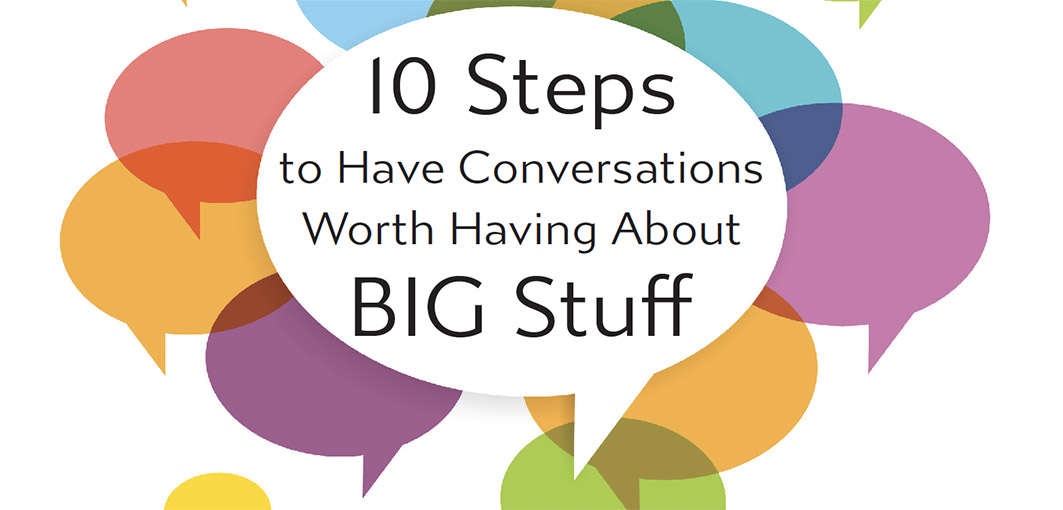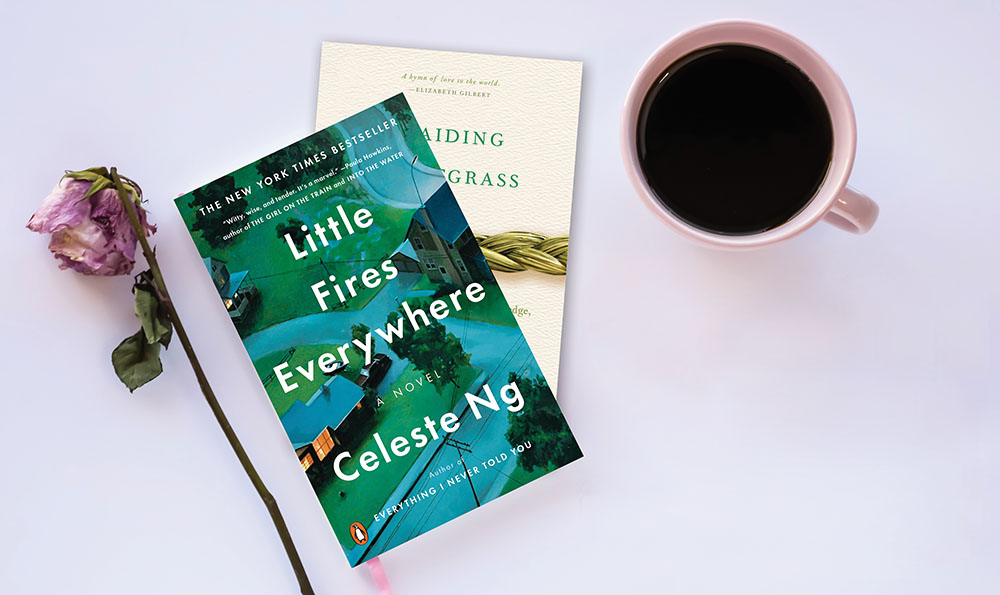
10 Steps to have Conversations Worth Having About BIG Stuff
By Cheri Torres,
This year has brought to a head many conversations we should have been having, but weren’t: It wasn’t the right time. They made us uncomfortable. Why bother, we couldn’t change things. Those in power wouldn’t listen. Too stressful. Not enough time, not enough information. The list could go on and on. The topics are BIG: Among them are systemic racism, social, economic, and educational disparity, governance, climate change, and health care.
Pick the topic that is near and dear to your heart and develop your capacity to begin the conversations, even though they might be uncomfortable and the outcomes uncertain. They may be volatile because divisiveness and hostility are fueling social media. Pause, take a deep breath, and get curious. Invite mutuality.
Start by acknowledging these topics are complex and ambiguous; no one person or small group of people can possibly have answers. It is going to take all of us, willing to engage, willing to change our minds, be influenced by one, and be open to the possibility that there just might be a better future for all of us. How might we imagine that together? I don’t have any answers, but I do know at least some of the important concepts necessary for us to have these conversations:
1. Accept change as a constant. It’s here and there’s going to be a lot more of it. If you can embrace it, all the better.
2. We’re Entering the Unknown. To quote Star Trek: We are boldly going where no one has been before. To see what we’ve never even imagined means dreaming together. Linking ideas. Using metaphor, biomimicry, and imagination about new possible futures.
3. It’s Complex, No One Knows the
Answer. In complex challenges, solutions emerge in the process of generative inquiry. This means asking questions that challenge people to think and see differently, including yourself. To examine assumptions, clarify needs and desired outcomes. To imagine the impossible and to stare long enough at the horizon to allow the future to come into focus.
4. Adopt a Beginner’s Mindset. Engage with the heart and eyes of innocence: be curious, wonder, be open, let go of preconceived ideas, judgments, and assumptions. None of us knows what’s best at this point in history.
5. Come from Your Square. Draw a 1’x1’ square on the floor and then stand in that space. Enter these conversations with the assumption that that space is all you know: You know your story, experience, feelings, needs and wants, period.
6. Let Others Come from Their Square. Recognize that every person in the conversation is standing in their own 1’x1’ box, wanting the same thing you do: to be seen, heard, valued, and included.
7. Listen to One Another. Deep listening will be absolutely essential. Listening to really hear what others are expressing. Listen with an open mind, open heart, and open will. This means listening without downloading your responses or assessing what the other is saying, without judging, and without automatically dismissing suggestions.
8. Adopt an Attitude of Curiosity. Genuine curiosity often arises when you authentically stand in the 1’x1’ square with open mind, heart, and will. Ask questions to clarify another’s perspective, to truly understand their story, to learn from their experiences, and to find ways you might entertain their ideas. Generative questions help us broaden our own understanding and see possibilities where there were none.
9. Focus on Outcomes. Focus the conversations on what you want more of, on the outcomes that will come into being when we have a solution to an issue. For example, instead of focusing on immigration as a problem, focus on the outcomes that would accrue if immigration was not a problem. Focusing on the problem often gives us a single point of view solution, like no more immigration. Focusing on desired outcomes broadens and builds possibilities for solutions. For example, one of the hoped-for outcomes might be that everyone in the country feels safe, secure, and economically stable. We could have a conversation that helps us explore how to make sure everyone in the country feels safe, secure, and economically stable. Closing immigration might or might not be one of many solutions that emerge.
10. Be OK with Being Uncomfortable. Really listening to other people’s points of view with an open mind, heart, and will is bound to get uncomfortable at times. Especially if it bumps up against your values. Be willing to allow the possibility that there’s more than one right way. Any time you feel triggered, pause and breathe deeply. Circle back #4-#9.
It’s time to have these important conversations. Time to start talking with those who are least like us. Those we call “other;” those who need the system to work for them as well. The future depends upon us. Our children’s and their children’s children’s lives depend upon our ability to have the kind of conversations that build new and strong relationships across differences and enable us to co-create our systems so that they work for everyone.
The future can’t help but be uncertain. The current social and economic systems have reached their sustainable capacity. They have brought us to where we are. They cannot take us forward and we cannot go back. The future requires that we intentionally co-create it. To do that we must have conversations worth having.
Cheri Torres is an author and speaker cheritorres.com. For information on training, certification and to download a free Conversation Toolkit go to Conversations WorthHaving.today.





